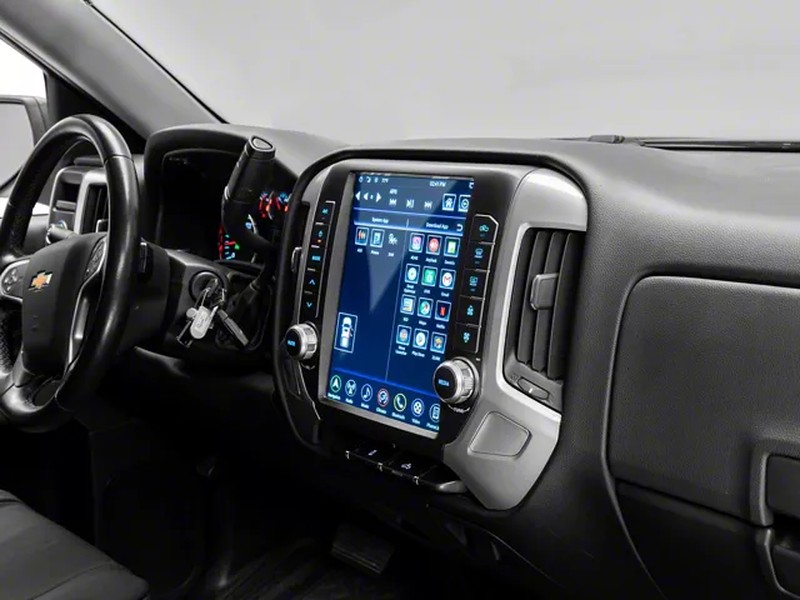Visiting an auto repair shop can be an unfamiliar experience for many vehicle owners. Knowing what to expect during a standard repair visit can alleviate anxiety and help ensure that the process goes smoothly. This article provides a detailed overview of what typically occurs during a routine auto repair visit.
- Initial Assessment and Check-In
The first step in any auto repair visit is the initial assessment and check-in. When arriving at the shop, a service advisor or technician will greet the customer and inquire about the issues or services needed. Providing detailed information about any symptoms or problems the vehicle has been experiencing helps the technicians accurately diagnose and address the issues.
During check-in, the advisor will document the vehicle’s condition and note any visible damage or concerns. This documentation is crucial for transparency and sets a clear baseline for the work to be performed.
- Vehicle Inspection and Diagnosis
Once the vehicle is checked in, it undergoes a thorough inspection. Technicians use various tools and diagnostic equipment to assess the car’s health and identify the root cause of any reported issues. This step is essential for accurate diagnosis and effective repairs.
For instance, if the car exhibits a strange noise or poor performance, the technician will use diagnostic software to read fault codes and pinpoint the problem. Comprehensive inspections often include checking fluid levels, examining the brakes, and assessing the tires and suspension.
- Performing the Repairs
With the owner’s approval, the technicians proceed with the repairs. Depending on the complexity of the work, this step can range from simple maintenance tasks, like oil changes or tire rotations, to more involved repairs, such as brake replacements or engine diagnostics.
Throughout the repair process, the shop may use specialized tools and equipment to ensure that the work is done correctly and efficiently. The technicians follow industry standards and manufacturer guidelines to maintain the vehicle’s integrity and safety.
- Quality Control and Final Inspection
Once the repairs are completed, the vehicle undergoes a final inspection. This step involves a quality control check to ensure that all work was performed correctly and that no issues remain. The technician will verify that the repairs have resolved the initial problems and that the vehicle is safe to drive.
- Customer Review and Check-Out
After the quality control check, the service advisor will review the work performed with the owner. They will explain what was done, go over any replaced parts, and answer any questions the owner might have. This transparency builds trust and helps the owner understand the value of the services provided.
The advisor will also provide tips for future maintenance and schedule any follow-up services if needed. Finally, the owner will complete the check-out process by settling the bill, which includes a detailed invoice for the services rendered.
For those seeking auto repair in Houston, TX, understanding these steps can help them navigate their repair visits with confidence, knowing what to expect at each stage.
Conclusion
Understanding the process of a standard auto repair visit helps vehicle owners feel more comfortable and informed. From the initial assessment to the final check-out, each step is designed to ensure that the vehicle is properly diagnosed, repaired, and returned in excellent condition.




